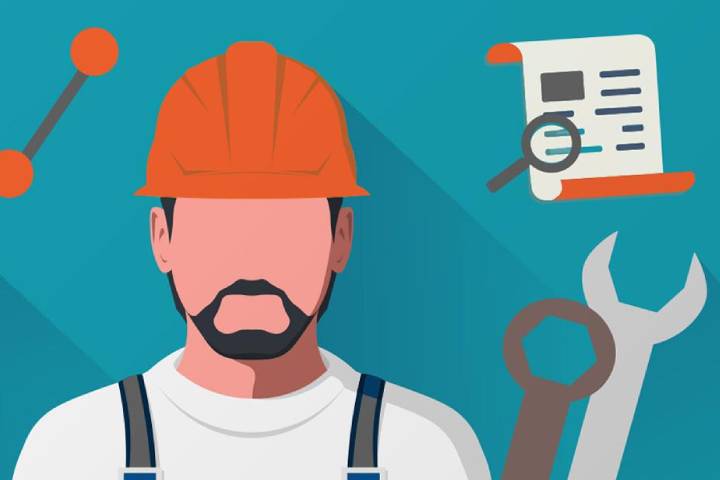Predictive Maintenance Of Equipment In Production So That You Can Run Without Downtime
Conveyors at factories produce products worth millions of rubles every hour. Any breakdown of one of the stages of the production belt leads to a stop of the entire production. Therefore, it is essential during the scheduled maintenance of the conveyor to proactively replace everything that may fail.
Large factories equip their production lines with many different sensors that monitor the status of all relevant components. The data goes to the monitoring system. If important parameters go beyond the permissible values, the corresponding units or parts are put on the preventive maintenance sheet for the next scheduled maintenance or immediately replaced.
Thus, even the most complex and multi-stage production lines can operate predictably and smoothly for many days. For example, at the Cherepovets Metallurgical Plant, predictive maintenance was on the conveyor for hot processing metal products. This helps reduce line downtime.
Simatic uses a platform based on IoT and machine learning in the production of microcontrollers. It allows you to collect data from sensors and analyze them in real-time. This allowed us to get rid of manufacturing defects completely.
Predictive Maintenance Of Equipment In The Oil And Gas Industry
Many types of equipment are involved in extracting oil, gas and other minerals, many of which operate in an automatic mode, located in hard-to-reach places or regions with a cold climate. Regularly inspecting and maintaining it by employees is laborious and expensive, so monitoring and analytics systems for predictive equipment repair are in demand in the industry:
- LUKOIL’s bright oil well is operating in the Perm Territory. The equipment is equipped with sensors that transmit information about the system’s operation to the control centre. There, an operator supervises the operation of the well; if necessary, he can remotely control the equipment – this is incredibly convenient due to its location in a hard-to-reach place.
- To avoid production downtime, oil and gas equipment manufacturer GE Oil & Gas uses a platform that collects production status data and then schedules diagnostic checks. This helps to identify faults before they happen.
- Gazprom Neft’s automatic restart of pumps failed after an emergency power outage. Analysts collected 200 million records from control system controllers, analyzed them, simulated events and identified unexpected causes of failures, after which they were able to stop.
How To Implement Predictive Hardware Maintenance
First, you need to set up data collection:
- Determine the critical parameters of your system and its nodes: what devices and structures it is essential to track, what indicators will indicate that something is going wrong.
- Prepare and place sensors in all required nodes. Decide how you will collect data: by cable or wireless network, how often you need to transfer it to the data warehouse, whether the sensors themselves need to be serviced.
- Organize data reception, understand how many sensors you will have, how much data they can generate, and where and how best to process them.
Then the exciting thing begins – you need to predict malfunctions:
- Determine the acceptable values for all indicators of the sensors. For some systems, a temperature rise of 50 degrees does not mean anything, and for some, two extra degrees is evidence of a failure.
- Work with a team of analysts and engineers on algorithms for reporting malfunctions. For example, if the engine speed rises by 5%, it’s okay, but if the voltage drops by 1%, this indicates an impending accident.
- Together with a team of data scientists, work on data and build failure prediction models based on machine learning. Sophisticated mathematical models will help you find and identify non-trivial relationships between system states and failures.
It is challenging to build a system for predictive maintenance and monitoring equipment: you need to place sensors correctly, organize the required volume for incoming data, set up systems for analytics, machine learning, forecasting and warning of failures.
At the same time, there are practically ready-made solutions for such tasks – cloud IoT platforms combine tools for working with big data, the Internet of Things and machine learning. You can connect sensors of any manufacturer to it, store and process any amount of data – in the clouds; it is easy to get the required amount of storage and resources for computing. The platform integrates with technological solutions already used in the company and quickly integrates into production processes.








